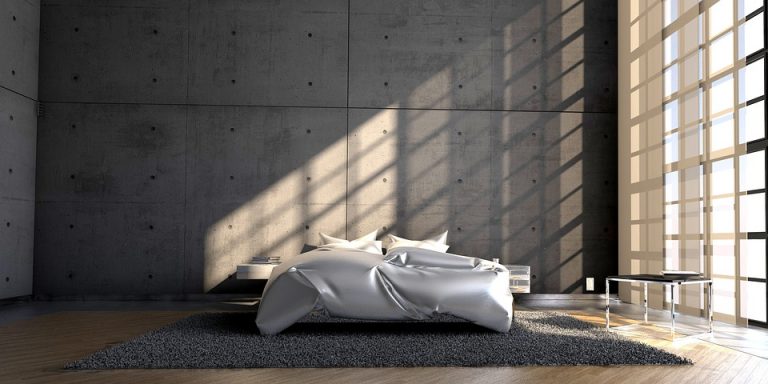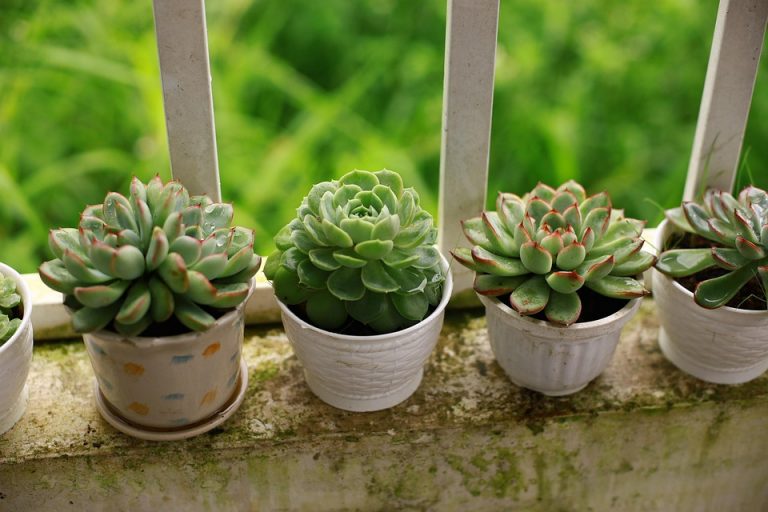Home organization tips are simple strategies to clear space, calm your mind, and make every inch of your home work harder for you. These are practical methods you can use today to create order, reduce stress, and make small spaces feel roomy. The right approach saves time, protects your sanity, and helps you live with intention.
Contents
- 7 Clever Home Organization Tips For Small Spaces
- Use Science To Back Your Choices
- Real-Life Examples That Work
- Troubleshooting Common Small-Space Challenges
- Bottom Line
- FAQ
7 Clever Home Organization Tips For Small Spaces
Start with honesty. Walk through each room and ask, Does this still belong in my life? Let go of what no longer serves you. You’ll create breathing room without buying a single storage bin.
These home organization tips are built for real life — for people who cook, work, get dressed, and sometimes lose car keys. They’re backed by common-sense organizing principles and informed by research showing clutter affects stress and sleep. Harvard Health explains how a cluttered environment often raises cortisol and frays patience, and professional organizers confirm that small changes have big psychological payoff.
1. Use Vertical Real Estate Like A Pro
When floor space is limited, look up. Shelves, pegboards, and tall cabinets free your floor and create the illusion of height.
- Fit open shelving above beds and desks for books and baskets.
- Use wall-mounted rails for pots, pans, or accessories.
- Fit slim, tall cabinets in awkward nooks.
These home organization tips help you reclaim the floor and keep frequently used items at eye level. A simple set of shelves can turn wasted wall space into a workhorse for your daily routine.
How To Choose Vertical Storage
Choose sturdy brackets and measure twice. Match the shelf depth to what you’ll store. For heavy items, anchor to studs. These small investments protect your items and prevent accidents.
2. Divide To Conquer With Smart Containers
A drawer is not a drawer until it’s divided. Small containers, trays, and dividers transform chaos into calm.
- Use shallow trays in kitchen drawers for utensils.
- Fit vertical dividers in cabinets to store baking sheets and cutting boards.
- Label boxes in closets for quick identification.
These home organization tips rely on segmentation. Your brain understands order, and divided spaces reduce decision fatigue. The National Association of Productivity and Organizing Professionals recommends containers to simplify maintenance.
Material Matters
Opt for clear or labeled containers so you can find what you need at a glance. Breathable fabric bins work well for linens; plastic is best for damp or dusty areas.
3. Multi-Functional Furniture Is Your Best Friend
A bench with storage, a coffee table with drawers, or a bed with built-in drawers gives you two functions for one footprint.
- Choose pieces with hidden storage to tuck away seasonal items.
- Use ottomans for seating and stashing throws.
- Install a murphy desk that folds up when not in use.
These home organization tips turn furniture into storage, not clutter. Choosing multi-use items reduces the need for extra units, keeping your visual field clean and calm.
Style Without Sacrifice
Pick furniture that matches your aesthetic so storage looks intentional, not an afterthought. When form and function match, you’ll enjoy every corner of your home.
4. Zone Your Home For How You Live
Work by activity, not by room. Create zones for morning routines, meals, work, and lounging.
- Build a morning zone near your entry with hooks, a key bowl, and a shoe tray.
- Make a meal prep zone with all cooking tools within arm’s reach.
- Establish a charging station to corral cords and devices.
These home organization tips are about behavior: place things where they’re used. Research on habit formation shows environment cues help repeat actions, so organize for the life you want to lead, not the life you used to.
Small Changes, Lasting Habits
Start with one zone, like your entryway. Once it functions smoothly, expand. The momentum makes maintaining order effortless.
5. Rotate And Store Seasonally
Limited space means not everything can be out at once. Rotate clothes and décor with the seasons.
- Store off-season clothing in vacuum bags under the bed.
- Keep seasonal décor in labeled bins and swap decorations twice a year.
- Reassess items during each rotation to avoid holding on unnecessarily.
These home organization tips prevent overflow and keep daily choices simple. Seasonal rotation is also a chance to donate what you no longer use, which lightens your load and helps others.
Where To Store Off-Season Items
Use high shelves, the top of closets, or under-bed boxes. When items are out of sight but organized, they free your daily space and your mind.
6. Optimize Small Closets With Intentional Layouts
Closets in small homes need clever structure. Double your hanging space and use the back of doors for extra storage.
- Install a second rod to hang shorter items below tops.
- Add shallow shelves for shoes and folded shirts.
- Use slim hangers to maximize space and create a uniform look.
These home organization tips make closets intuitive. When you can see everything, you wear everything. A tidy closet saves time, reduces laundry piles, and makes getting dressed a pleasure instead of a chore.
Light And Mirrors Help
A battery-powered LED puck light and a mirror inside the door improve visibility and make the space feel larger.
7. Maintain With A Five-Minute Daily Reset
Organization is a practice, not a project. A short, consistent reset keeps systems working.
- Spend five minutes each evening returning items to their homes.
- Empty one small basket at the end of the week.
- Toss mail immediately — keep only what needs action.
These home organization tips emphasize maintenance. The small daily habit prevents the massive weekend purge and keeps your small space feeling calm and livable.
Make It Social
Get family members to do their five minutes. Turn it into a brief routine with music. When shared, the load lightens and the habit sticks.
Use Science To Back Your Choices
Clutter isn’t just an aesthetic problem; it affects your health. Harvard Health Publishing explains how clutter can raise stress hormones and interfere with sleep. The Centers for Disease Control and Prevention highlights how a well-ordered sleep environment improves sleep quality. Professional organizers and environmental psychologists also find that targeted organization reduces decision fatigue and improves mental clarity.
When your home functions, your life flows. These home organization tips are supported by research and proven by thousands of clients who report less anxiety and more time for the things they love.
Real-Life Examples That Work
- A single mother converted a narrow hallway into a shoe-and-coat command center, shaving twenty minutes off chaotic mornings.
- A couple living in a studio apartment adopted vertical shelving and a fold-down dining table. Their tiny space now hosts dinner parties.
- A freelance writer installed a wall-mounted desk and daily reset habit, turning a cluttered corner into a productive studio.
These are not miracles. They’re intentional choices guided by these home organization tips. You don’t need perfection. You need a plan and small, consistent actions.
Troubleshooting Common Small-Space Challenges
If you’re still struggling, try these quick fixes:
- If you feel overwhelmed, pick one surface and clear it. A cleared surface reduces perceived clutter dramatically.
- If storage is full, purge ruthlessly. If an item hasn’t been used in a year, it likely won’t be next year.
- If you can’t part with something, box it and date the box. If you don’t open it in six months, donate it.
These home organization tips take the emotion out of decisions and return freedom to your space.
Bottom Line
These seven home organization tips give you a roadmap to reclaim small spaces. They are practical, proven, and gentle — a strategy, not a sprint. Use vertical storage, smart containers, multi-functional furniture, intentional zones, seasonal rotation, optimized closets, and a daily reset to create calm, usable rooms.
The payoff is immediate: less time searching, fewer misplaced items, and a quieter mind. Start with one tip today, and build momentum. You’ll be surprised how quickly your small space becomes a big relief.
Be brave. Start now. Your home will thank you.
FAQ
How Do I Start Organizing If I’m Overwhelmed?
Begin with one sacred surface — a counter, a table, or a dresser. Clear it completely and commit to keeping it clear. This small victory gives you energy to tackle the next area.
What Is The Best Storage For Small Apartments?
Use vertical shelving, under-bed storage, and furniture that doubles as storage. Choose slim profiles and multi-functional pieces to keep the space open and useful.
How Often Should I Declutter?
Do a light tidy daily with a weekly reset and a seasonal rotation twice a year. Those routines prevent clutter from piling up and make maintenance simple.
Can I Organize Without Spending A Lot Of Money?
Yes. Purging, repurposing baskets and boxes, and rearranging furniture are low-cost, high-impact moves. Invest in a few quality pieces only where they solve a real problem.
––––––––––––––––––––––––––––––––––––––––––––––––––––––––––––
References
Harvard Health Publishing provides research-based insight on how clutter affects stress and cognitive function (https://www.health.harvard.edu/mind-and-mood/clutter-is-actually-stressing-you-out).
The Centers for Disease Control and Prevention explains how a healthy sleep environment supports better sleep and overall health (https://www.cdc.gov/sleep/about_sleep/environment.html).
The National Association of Productivity and Organizing Professionals offers professional tips and standards for effective home organization (https://napo.net/).
The University of Minnesota Extension highlights practical storage and organization strategies tailored to small spaces (https://extension.umn.edu/home-and-community/organizing-your-home).
The American Psychological Association discusses environmental factors that influence stress and strategies to manage them (https://www.apa.org/news/press/releases/stress/2016/impact-environment).








